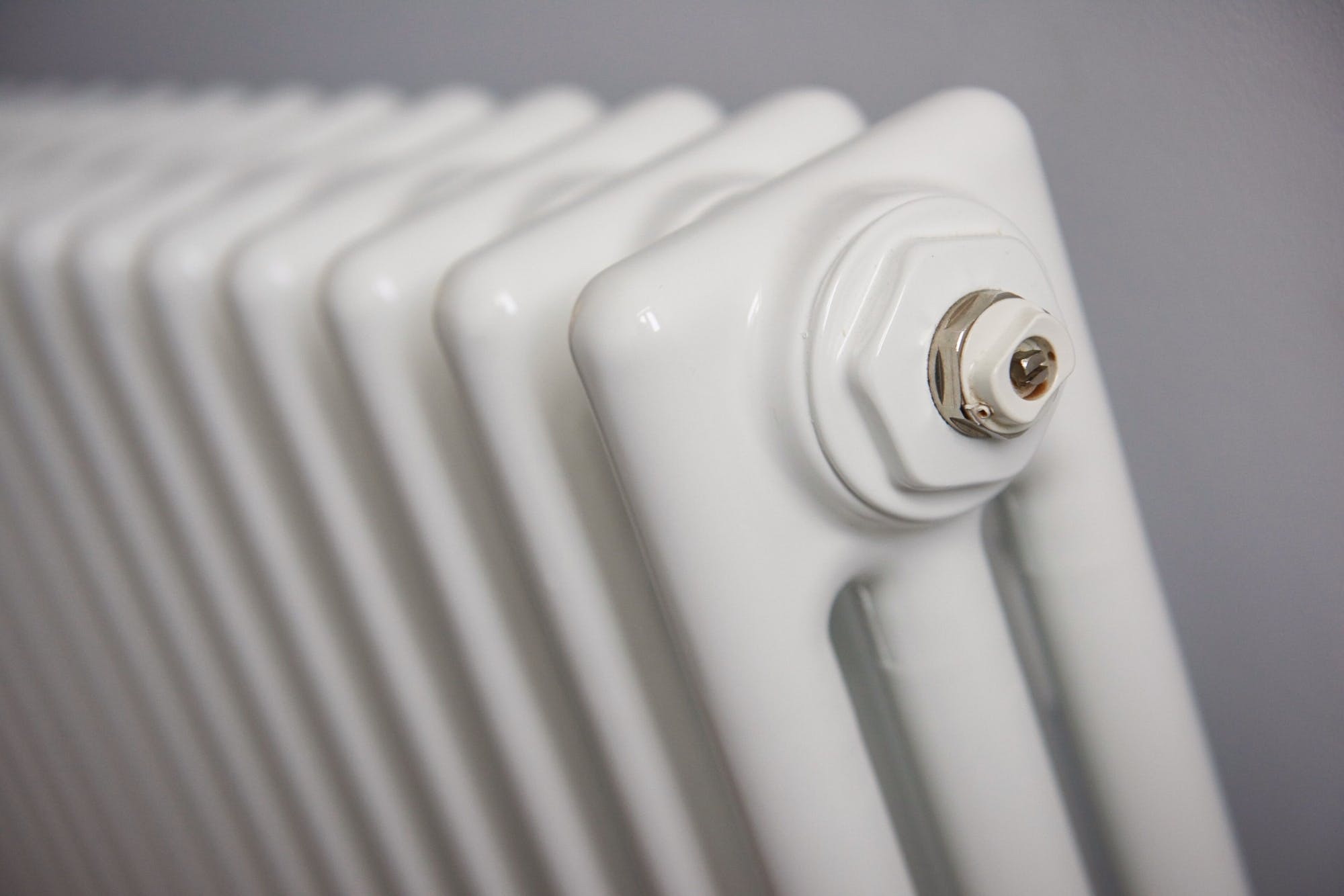As the cold weather draws in, having radiators that don’t heat up can become a big problem. The last thing you want is a cold home in the middle of winter, so when your radiators won’t heat up, what should you do?
Thankfully, there are a few simple steps you can take to get to the root of the problem and get your radiators heating your home as soon as possible.
Most of the time, issues with your radiator are caused by a simple problem that’s easily resolved. So take a look at these five simple steps, and follow them to get your home toasty and warm in no time at all…
The first thing you should do is check for any bigger, more serious problems with your system.
This means making sure that your central heating system is actually working. If all of your radiators won’t heat up rather than just one, this could be a sign of a bigger issue.
You should also check to see if anything seems unusual about your central heating system. Is it making a funny noise? Do you also have no hot water? If that’s the case, the first thing you should do is call a professional heating engineer and have them take a look.
If just one (or a few) of your radiators aren’t heating up, the most common reason for this is trapped air.

If you’ve just turned the heating back on after the summer, air can become trapped in your radiators, causing them to be warm at the bottom but cold at the top.
If this is the case, you may need to bleed your radiators.
Simply use your radiator key to unscrew the bleed screw a little, just until you hear a hissing sound. Once the hissing dies away and water starts coming from your radiator, be ready to close the bleed screw.
Your radiator should soon be nice and warm.
If trapped air in your radiators isn’t the problem, or your entire radiator is cold not just the top, the next step is to check your radiator valves.
Make sure both the valve on the left and right of your radiator are open, and if you have a thermostatic valve (one that allows you to set the temperature and adjusts it automatically), make sure the radiator is turned on.
Thermostatic radiator valves can also seize up, causing your radiator to stop working. If you think this might be the case, get in touch with a professional heating engineer who’ll be able to properly diagnose the problem and replace the valve with a new one if necessary.
If none of these issues seem to fit with your radiator problem, it’s possible that you may need a powerflushing service.
Powerflushing is the process of removing sludge and debris that can become stuck in your central heating system over time, causing it to not function properly.

A telltale sign that you may need powerflushing is having radiators that are warm at the top, but not the bottom, as sludge in the bottom of your radiators can stop this area from being heated properly.
There are other potential signs that a powerflusing may be needed, and you can find these in our powerflushing blog post.
If you’re still unsure as to what’s causing your radiators not to heat up, the best thing you can do is call a professional heating engineer.
Whatever the issue may be, they’ll be able to properly diagnose and fix the problem.
If you’re in any doubt as to what’s causing your radiator problems, don’t attempt to fix the issue yourself, make sure to use the services of a professional.
You certainly don’t want to misdiagnose the problem with your radiators.
If you’d like some advice on how to best solve your radiator problem or you think you need a heating engineer, feel free to get in touch with our friendly customer service team.
Our team will be able to help diagnose your problem and have your radiators back in full working order as soon as possible.
Complete the form below and one of the Plumbcare.com team will get back to you as soon as possible.





